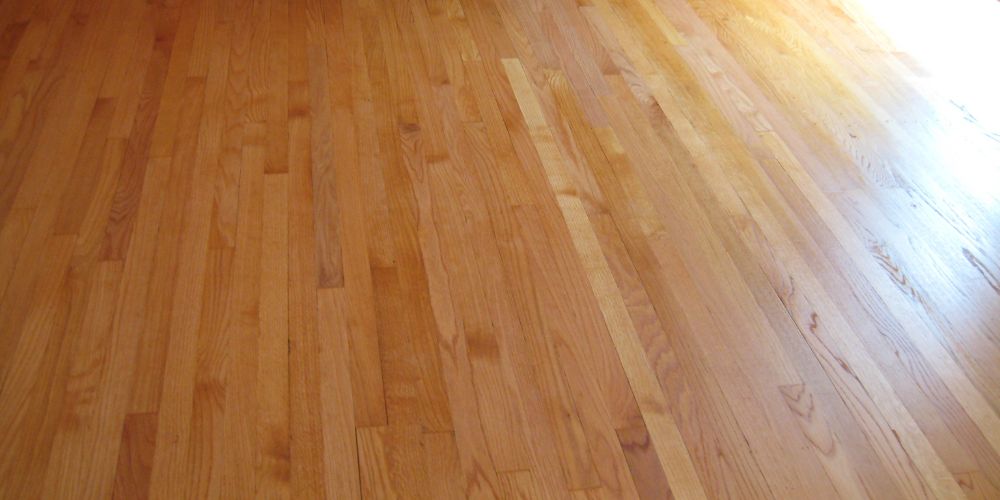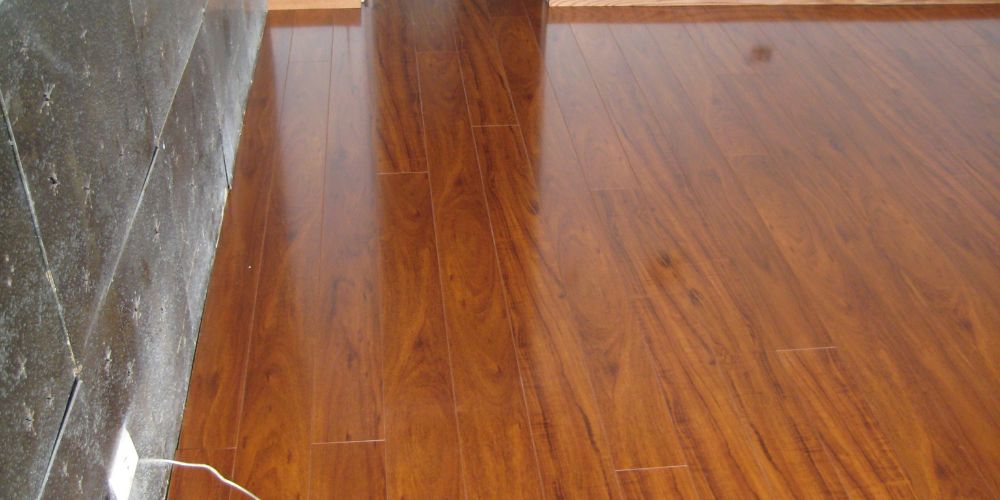Wood flooring is more than just a surface beneath our feet; it’s a timeless testament to elegance that can transform any living space. Whether your home boasts the warm embrace of solid hardwood or the engineered resilience of composite wood, the key to preserving its allure lies in proper cleaning and maintenance. In this comprehensive guide, we embark on a journey to demystify the art of caring for wood floors. From daily rituals that safeguard against wear to expert insights on addressing common challenges, this blog is your compass to navigate the path of maintaining not just a floor but an enduring masterpiece. So, let’s dive into the nuances to Clean and Maintain Wood Flooring, ensuring your living space continues to exude the natural beauty that wood floors are renowned for.
Understanding Your Wood Flooring
Understanding the type of wood flooring you have is a fundamental step in ensuring proper care and maintenance. There are primarily two types: solid hardwood and engineered wood. Each type has unique characteristics that influence how you should clean and maintain it.
Solid Hardwood Flooring:
Solid hardwood is made from a single piece of wood, offering a classic and timeless look. It’s known for its durability and the ability to be sanded and refinished multiple times. When cleaning solid hardwood, it’s essential to be mindful of excessive moisture, as it can lead to warping or cupping. Regularly dusting and sweeping, along with using a wood-friendly cleaner, will help maintain its natural beauty.
Engineered Wood Flooring:
Engineered wood consists of multiple layers of wood veneers glued together with a top layer of hardwood. This construction provides greater stability and resistance to moisture compared to solid hardwood. However, it may have a thinner top layer, limiting the number of times it can be refinished. Cleaning engineered wood floors requires a cautious approach to water, similar to solid hardwood, and it’s advisable to use cleaning products recommended by the manufacturer.

Identifying Your Flooring
To determine the type of wood flooring you have, check for visible seams between planks. Solid hardwood usually has consistent plank sizes, while engineered wood may have a more varied appearance. Additionally, you can look for any manufacturer’s information or documentation that came with the flooring.
Understanding these key distinctions in wood flooring types enables you to tailor your cleaning and maintenance routine to the specific needs of your floors. Whether you have the timeless charm of solid hardwood or the engineered resilience of composite wood, proper care ensures your floors stay looking beautiful for years to come.
Tips to Clean and Maintain Wood Flooring
Maintaining the beauty of your wood flooring requires a combination of regular cleaning and thoughtful maintenance. Here are three essential tips to help you keep your wood floors in optimal condition:
1. Regular Sweeping and Dusting:
Dust and dirt can act as abrasives, causing scratches and wear on your wood floors over time. Establish a routine of daily sweeping or dusting to remove these particles. Use a soft-bristle broom or a microfiber dust mop to effectively collect dust without causing damage. This simple habit prevents the accumulation of debris and safeguards the natural luster of your wood flooring.
2. Mindful Cleaning Techniques:
When it comes to cleaning your wood floors, it’s crucial to be mindful of the products and techniques you use. Avoid excessive water, as prolonged exposure can lead to warping and damage. Instead, use a slightly damp cloth or a well-wrung mop for cleaning. Choose Eco-friendly wood floor cleaners specifically designed for wood flooring or opt for DIY solutions with gentle ingredients like vinegar and water. Always follow the manufacturer’s recommendations to ensure the longevity of your wood floors.
3. Prompt Spill Cleanup:
Accidents happen, and spills are inevitable. However, it’s essential to clean up spills promptly to prevent water damage and staining. Use a soft, absorbent cloth to soak up the liquid without rubbing, as rubbing can exacerbate scratches. If a spill has left a sticky residue, dampen a cloth with a mild cleaning solution to gently remove it. By addressing spills promptly and appropriately, you protect your wood floors from potential long-term damage.
4. Protecting High-Traffic Areas:
Place rugs or mats in high-traffic areas to minimize wear and tear on your wood floors. This is particularly important in entryways and hallways where dirt and debris are more likely to be tracked in. Ensure the rugs have non-slip pads to prevent any damage caused by friction.
5. Furniture Pads:
Attach felt or rubber pads to the bottom of furniture legs to prevent scratches and dents when moving or rearranging furniture. Regularly check and replace these pads to maintain their effectiveness.
6. Humidity Control:
Wood is sensitive to changes in humidity, which can lead to expansion or contraction. Use a humidifier in dry seasons and dehumidifier in humid seasons to maintain consistent humidity levels, protecting your wood flooring from potential damage.
7. Professional Inspection:
Consider hiring wood floor refinishing Chicago professionals for periodic inspections. They can identify potential issues, such as loose boards or gaps, and provide recommendations for necessary repairs or maintenance. Professional input can help catch problems early, preventing more significant and costly repairs down the line.
Incorporating these tips into your regular cleaning routine will contribute to the longevity and aesthetic appeal of your wood flooring. Remember to adapt your cleaning approach based on the type of wood flooring you have, whether it’s solid hardwood or engineered wood, to ensure the best care possible.

Quick tricks for Weekly wood floor maintenance
Here are some quick tricks for your weekly wood floor maintenance:
1. Gentle Dusting:
Swiftly dust high-traffic areas with a microfiber dust mop. This helps remove surface dirt and prevents it from settling into scratches or crevices.
2. Damp Mopping:
Use a well-wrung damp mop to clean the floors, focusing on areas prone to spills or foot traffic. Ensure the mop is only slightly damp to avoid excessive moisture on the wood.
3. Spot Cleaning:
Address spills or stains promptly using a soft cloth or a slightly dampened microfiber pad. Avoid using harsh chemicals and opt for wood-friendly cleaners or a mixture of vinegar and water.
4. Furniture Shuffle:
Shift furniture slightly to prevent uneven wear on specific areas of the floor. This helps distribute foot traffic and sunlight exposure more evenly.
5. Check for Wear and Tear:
Take a quick walk around the room to identify any potential wear and tear, such as scratches or dents. Promptly address minor issues to prevent them from becoming more significant concerns.
6. Rotate Rugs and Mats:
If you have area rugs or mats, rotate them weekly to ensure even exposure to light and traffic. This prevents one section of the floor from aging differently than the rest.
Conclusion:
Maintaining the natural beauty of wood flooring doesn’t have to be a daunting task. With the right knowledge and a bit of effort, you can ensure your wood floors remain a stunning focal point in your home for years to come. Whether you’re a seasoned homeowner or a first-time renter, this guide has equipped you with the tools to clean and maintain wood flooring with ease. So, roll up your sleeves and let’s keep those wood floors looking as good as new!




